Are poultry animals affected by mycotoxins?
Poultry animals are sensitive to mycotoxins and can suffer from various toxic effects of mycotoxins.
What types of mycotoxins mainly affect poultry?
The damage caused by mycotoxins is much greater when they are combined than when they occur individually. The most important mycotoxins in poultry production are:
- Aflatoxins: (AFB1, AFB2, AFG1, AFG2)
- Ochratoxin A : (OTA) and Citrinin
- Trichothecenes: Type A: Toxin T-2 Diacetoxiscirpenol (DAS)
- Fumonisins: (FB1, FB2)
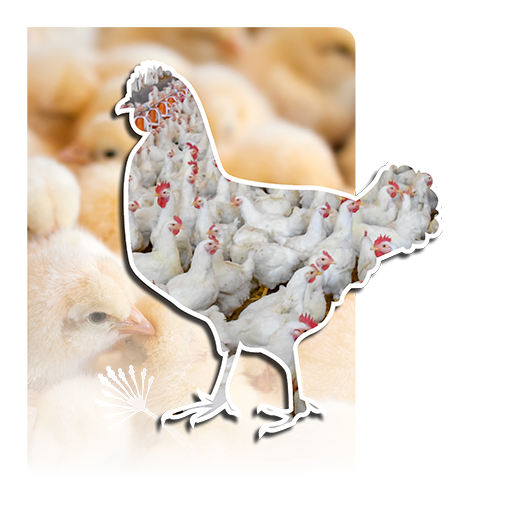

Maximum suggested levels of the major mycotoxins in poultry
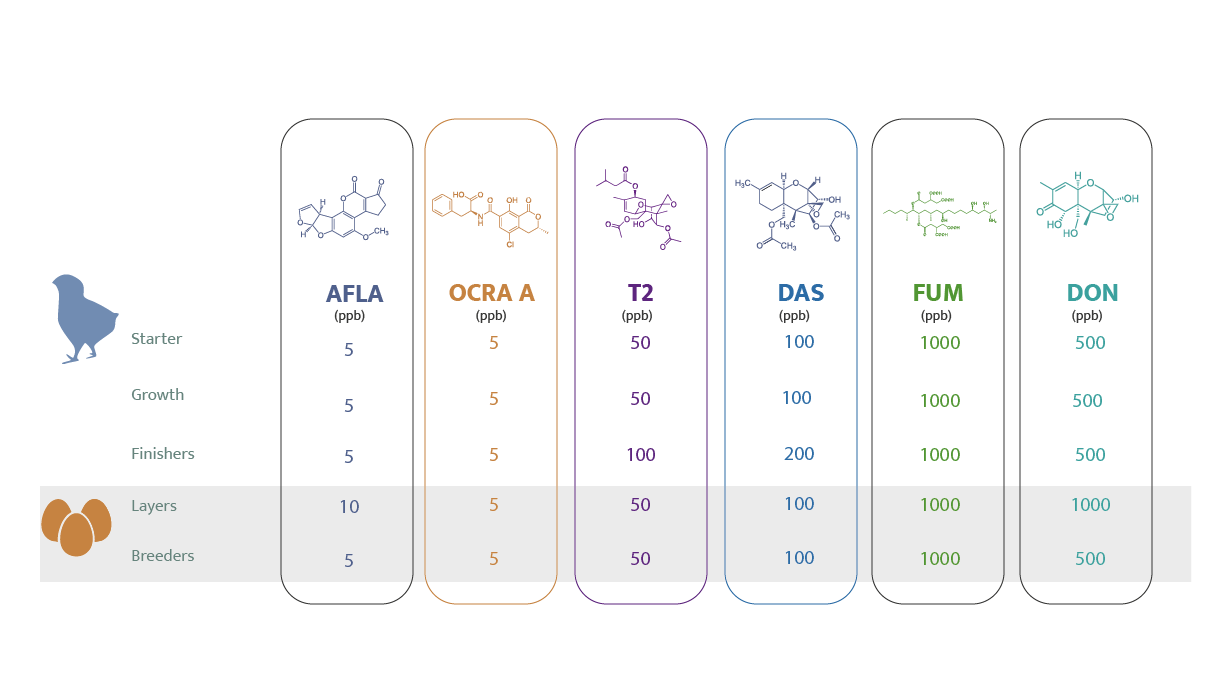

At what stage of poultry production mycotoxins generate most problems?
Mycotoxins affect all poultry species, mainly causing severe immunosuppression.
Its action mechanism is based on enzymatic inhibition that reduces protein synthesis and, consequently, the immune response.
Mycotoxins level causing the immunosuppression in poultry are lower than those that produce typical lesions of mycotoxicosis.
Immunosuppression is one of the effects of mycotoxins with greater economic impact, as it results in:
- Increased susceptibility to infectious diseases
- Reactivation of chronic infections
- Potential secondary reactions
- Increased use of drugs
- Ineffectiveness of vaccination programs


Which organs mycotoxins affect and what are the pathologies produced?
Aflatoxins
Aflatoxins are mainly immunosuppressive.
Type A trichothecenes
Type A trichothecenes (toxin T-2, toxin HT-2, diacetoxyscirpenol) are of the most concern for the poultry industry because they cause economic losses in productivity – they cause reduced feed intake, body weight and egg production and oral lesions.
The toxin T-2 is highly toxic to birds, especially chickens, because they have very low values of LD50 (medium lethal dose) (2mg/kg for diacetoxyscirpenol and 4mg /kg for T-2). 
Ochratoxins
Most affected by ochratoxins are chicken and turkey.
These nephrotoxins cause inhibition of food consumption, growth and egg production, and they also cause a lower quality of the egg shell.
Fumonisins
Fumonisins are associated with increased mortality in poultry, causing decreased body weight and lower daily average weight gain and an increase in gizzard weight.
Zearalenone
In general, poultry animals seem to be less affected by zearalenone in comparison to porcine animals, and they also appear to be less sensitive to type B trichothecenes, such as Deoxynivalenol.

Clinical Symptoms of Mycotoxins intoxication
Aflatoxins (AFB1, AFB2, AFG1 AFG2)
- Hepatic injury
- Body weight reduction
- Loss of appetite
- Disorders in the central nervous system (ducks and turkeys)
- Leg weakness and relaxed wings (chicks)
- Blood clotting disorders
- Disorders in metabolites of B vitamins and amino acids
- Losses of defenses
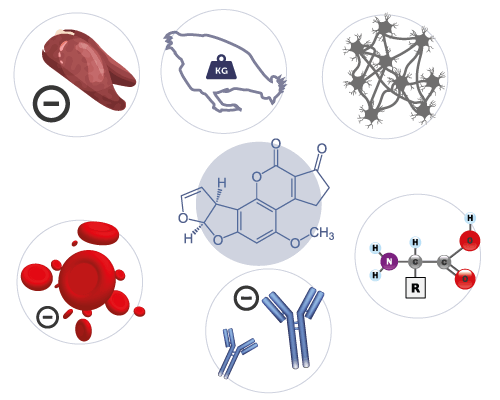
Ochratoxin A (OTA) and/or Citrinin
- Kidney damage
- Polydipsia (increased water intake)
- Poor quality of eggshell
- Reduced feed intake
- Decreased egg production
- Immunosuppression
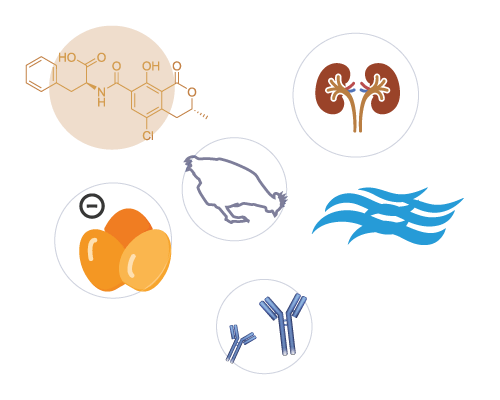
Fumonisins (FB1, FB2)
- Reduced body weight
- Lower daily average weight gain
- Increased gizzard weight
- Increased mortality in poultry
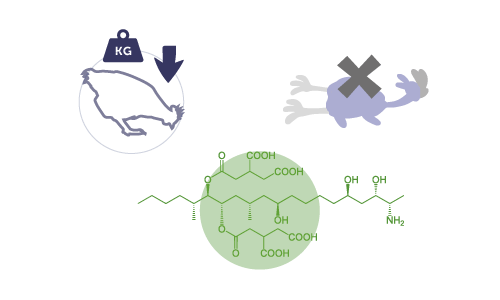
Trichothecenes Grup A (TOXIN T-2)
- Oral and cutaneous lesions
- Reduced egg weight
- Increased number of poor quality eggshells
- Immunosuppression
- Decrease in yields
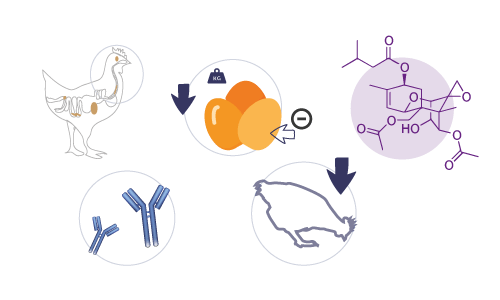

In which raw materials do we find main mycotoxins affecting poultry?
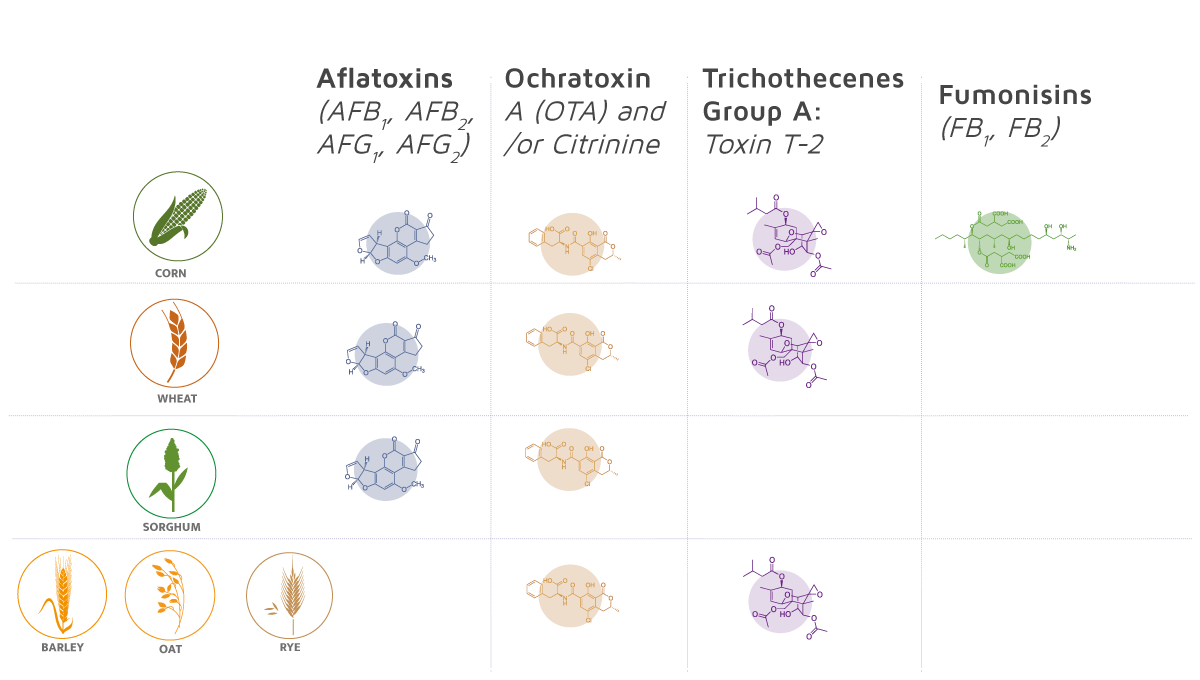

What are the detection methods used to detect mycotoxins in poultry feed?
Mycotoxins in feed are commonly detected and quantified using antibody-based assays and chromatography techniques.
ELISA test
The enzyme-linked immunosorbent assay (ELISA) is an antibody-based assay that is commonly used for mycotoxins detection.
There are several commercial ELISA kits available for Aflatoxins, Deoxynivalenol, Fumonisins, Ochratoxins and Zearalenone.
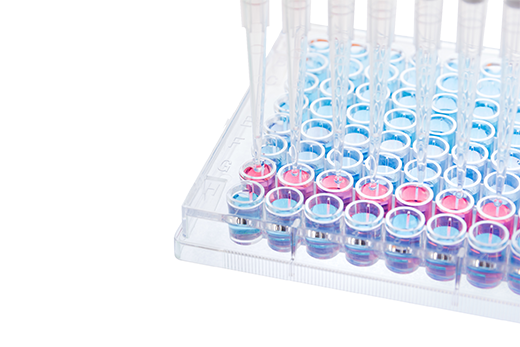
Chromatography and Spectrometry ( HPLC , GG/MS and LC-MS/MS)
High performance liquid chromatography (HPLC) and gas chromatography/mass spectrometry (GC/MS) are two of the most commonly used methods for the detection and quantification of mycotoxins.
HPLC and GC/MS, apart from having detection limit of < 0.05 ppm for many mycotoxins, also require expensive equipment and technical support.
LC-MS/MS is a technique that can analyse all mycotoxins, with increased sensitivity, precision and reproducibility.
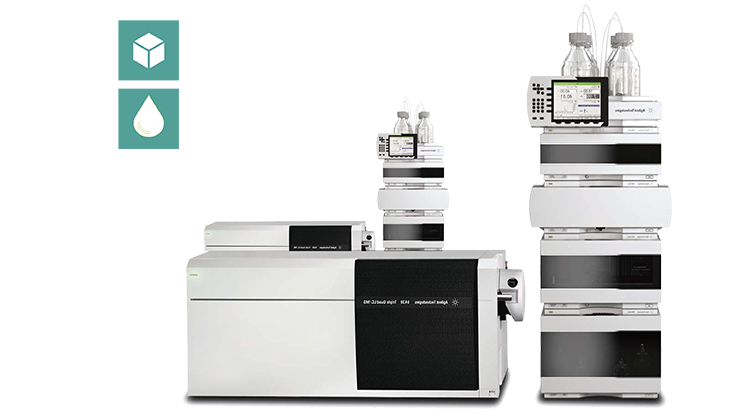

How do we prevent from and/or fight against mycotoxins in poultry?
Handling mycotoxin contamination and health consequences in animal production pose increasing challenges for food security and safety systems of the consumer.
In addition to controlling temperature and humidity using aeration, it is advisable to use fungal inhibitors and to use protection against damage caused by insects and rodents.
Despite all the efforts made in order to reduce the level of mycotoxins in feed ingredients, there is always a certain degree of contamination that may pose a risk to livestock animals.

Mycotoxins are always present, at least in small amounts, and the effects of the presence of those small amounts of diverse mycotoxins results in synergitics effects that can be greater than the sum of the individual effects that we have described for each type of mycotoxin.
Prevention against mycotoxins, is necessary and the use of detoxifying or adsorbing agents in poultry rations is essential.

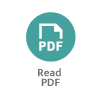


 Micotoxicosis prevention
Micotoxicosis prevention